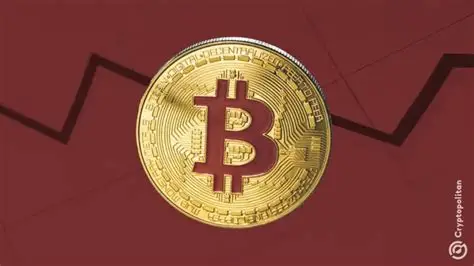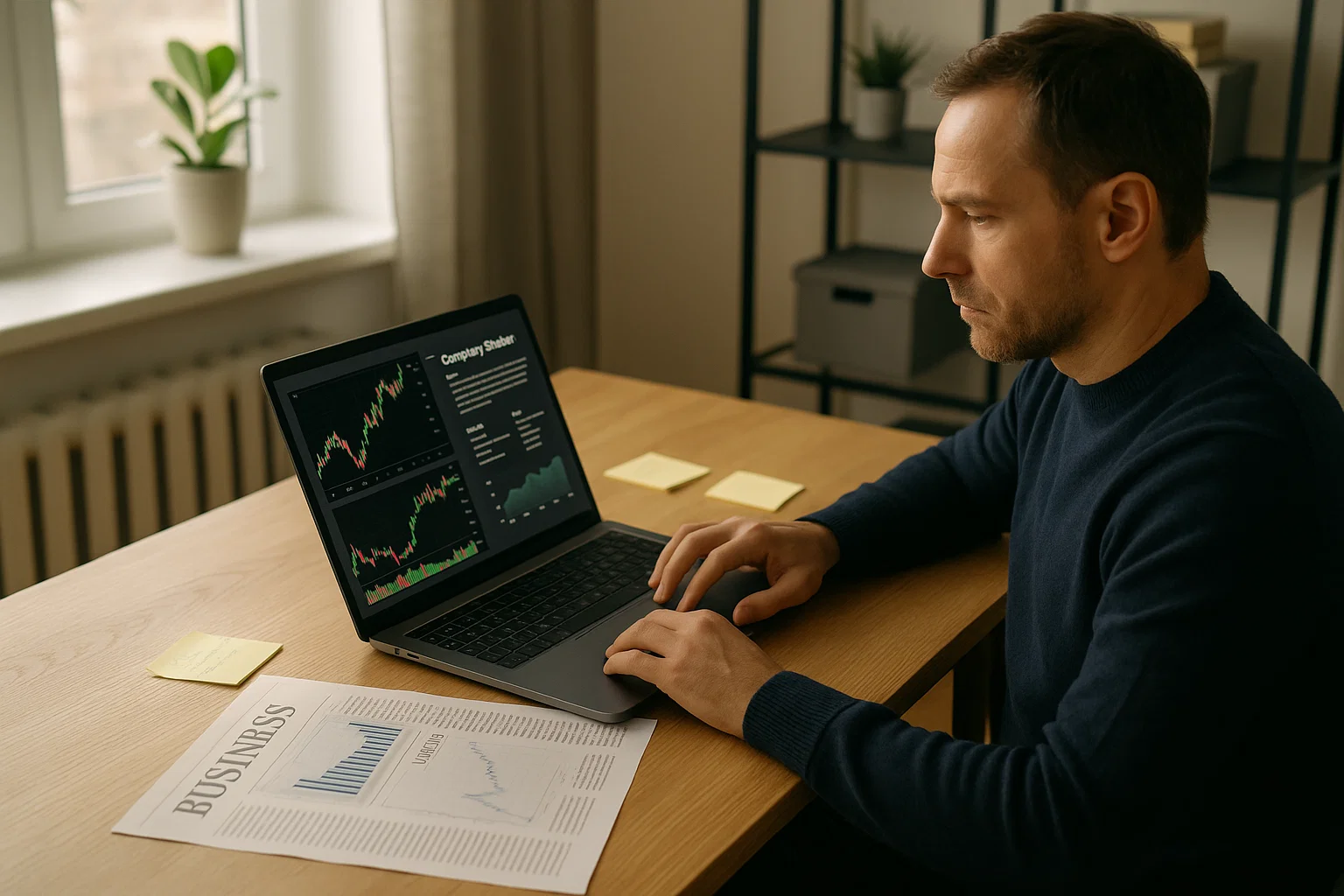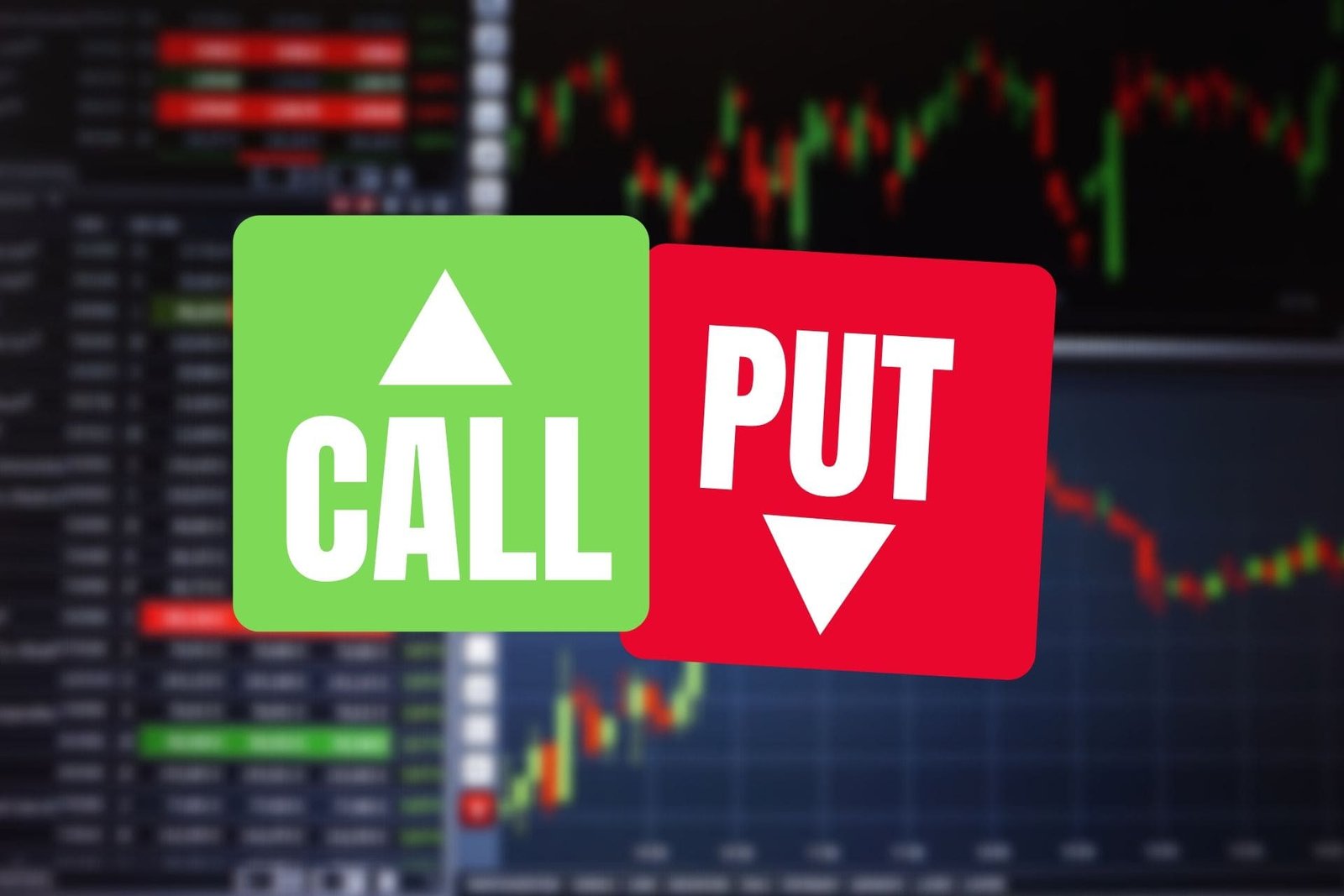What is a Short Squeeze
- by:
- Nick H
Key Points
A short squeeze occurs when a heavily shorted stock rapidly increases in price, forcing short sellers to buy shares to cover their positions
Short squeezes typically happen in stocks with high short interest, limited shares available for trading
The GameStop short squeeze in early 2021 was fueled by retail investors coordinating through social media, resulting in dramatic losses for institutional short sellers
10 Stocks You Should Buy Before August >
For adsense add
Advertisement

affiliate add
For adsense add
Mail Sign Up
Get The Latest News & Stock Picks
Stay ahead of the market with expert news, actionable tips, and exclusive stock picks delivered straight to your inbox. Join a community of investors who value real insights and smarter strategies. Sign up now and get the edge you need to invest with confidence.
By submitting your email, you agree to receive updates and promotional content from our team. You can unsubscribe at any time. For more details, please review our Privacy Policy.
For adsense add
For adsense add
Few moments in financial history capture the imagination quite like a short squeeze. It is a phenomenon that transforms a quiet, declining stock into a headline-grabbing rocket, forcing professional traders to scramble, social media to erupt, and markets to tremble. Understanding the mechanics of a short squeeze is essential for any investor or market enthusiast, not just for the thrill of the spectacle, but for the valuable lessons in risk, psychology, and market structure.
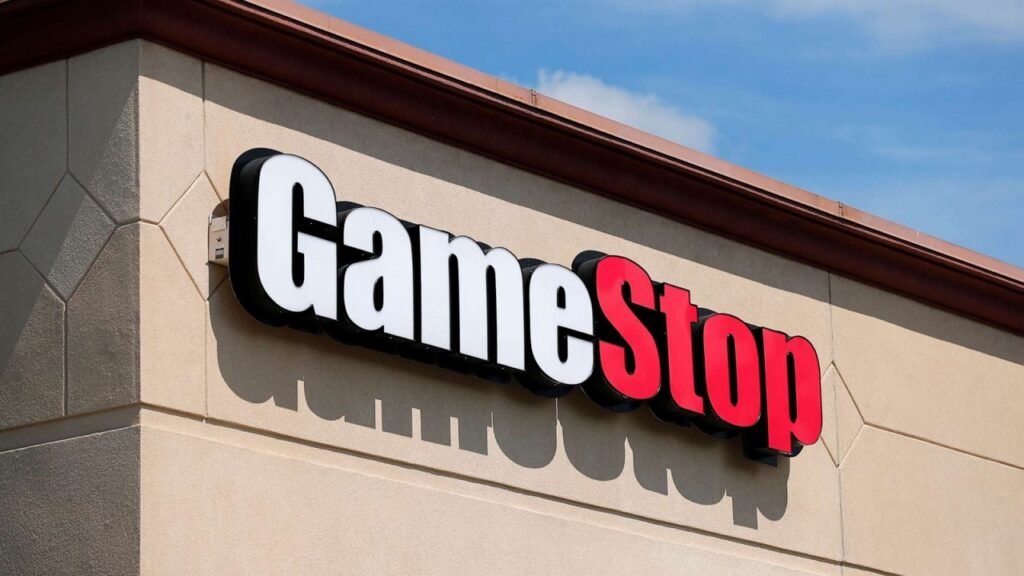
The Building Blocks: Short Selling Explained
Before diving into the chaos of a short squeeze, it is crucial to understand the concept of short selling. In simple terms, short selling is a strategy investors use when they believe a stock’s price will decline. Instead of buying low and selling high, the short seller does the opposite: they borrow shares from another investor and immediately sell them at the current market price, hoping to buy them back later at a lower price, return the borrowed shares, and pocket the difference.
For example, suppose an investor believes Company XYZ, currently trading at $100 per share, will soon drop in value. They borrow 100 shares and sell them, receiving $10,000. If the price falls to $60, they can buy back the 100 shares for $6,000, return them to the lender, and keep the $4,000 difference (minus fees or interest).
Short selling is risky because, while the maximum profit is capped (the price cannot fall below zero), the potential losses are unlimited. If the stock price rises instead of falls, the short seller must eventually buy the shares back at a higher price, resulting in a loss.
Anatomy of a Short Squeeze
A short squeeze occurs when a heavily shorted stock—meaning a significant percentage of its shares have been borrowed and sold short—suddenly begins to rise in price instead of falling. This upward movement can be triggered by positive news, a surge in buying interest, or even a coordinated effort among traders.
As the price rises, short sellers begin to feel the heat. Their losses start to mount, and at some point, they are forced to buy back shares to cover their positions and prevent further damage to their portfolios. This buying activity, known as “short covering,” adds fuel to the fire, pushing the stock price even higher. In a true squeeze, the rush to exit short positions can create a rapid, self-reinforcing upward spiral in the stock’s price.
Most Like Articles
Conditions That Breed a Short Squeeze
Short squeezes do not happen randomly. Several ingredients must come together for the perfect storm:
High Short Interest: The stock must have a large number of shares sold short relative to its total available shares (the float). This creates a “crowded trade,” with many investors betting against the stock.
Limited Float: If the stock has a relatively small number of shares available for trading, it takes less buying pressure to move the price sharply.
Positive Catalyst: Unexpected good news, a change in business prospects, or even online rumors can start a buying frenzy.
Low Liquidity: Thin trading volumes mean that any surge in demand can send prices skyrocketing.
The GameStop Saga: A Short Squeeze for the History Books
No discussion of short squeezes would be complete without the now-legendary case of GameStop (ticker: GME) in early 2021. What started as a niche interest on internet forums exploded into one of the most dramatic financial events in recent memory, captivating the world and shaking Wall Street to its core.
Setting the Stage
GameStop, a brick-and-mortar video game retailer, had been struggling for years in the face of digital competition. Many institutional investors, including major hedge funds, believed the company’s business model was doomed and heavily shorted the stock, expecting its price to fall further.
By late 2020, more than 100 percent of GameStop’s available shares had been sold short—a highly unusual and precarious situation. This meant that not only were all available shares already borrowed and sold, but some had been lent and shorted more than once, creating a powder keg of risk.
Enter the Retail Investors
On forums like Reddit’s WallStreetBets, a group of retail investors noticed the massive short interest in GameStop. They reasoned that if they could collectively buy and hold enough shares, they could drive up the price and “squeeze” the shorts, forcing institutional investors to buy back shares at ever-increasing prices. The movement took on a life of its own, fueled by a sense of camaraderie, defiance against Wall Street elites, and the viral nature of social media.
The Squeeze Unfolds
In January 2021, GameStop’s stock began to rise. Initial gains drew attention, and as more retail traders piled in, the upward pressure intensified. Institutional short sellers, facing mounting losses, scrambled to buy back shares and cut their exposure. This frantic buying pushed the price into a parabolic rise, from under $20 at the start of the year to an intraday high of $483 by the end of January.
Some hedge funds suffered billions in losses, while many retail investors saw extraordinary gains—at least on paper. The episode highlighted the power of collective action, the risks of crowded trades, and the sometimes-unpredictable nature of financial markets.
Aftermath and Lessons
The GameStop saga had wide-ranging effects. Trading platforms like Robinhood restricted purchases of certain volatile stocks, sparking controversy and congressional hearings. Regulators began scrutinizing the mechanics of short selling, payment for order flow, and the role of social media in market dynamics.
While some retail traders made fortunes, others lost money as the stock eventually declined from its highs. GameStop itself was able to capitalize on the moment by raising new capital, giving the company a surprising lifeline.
The episode served as a powerful lesson: Short squeezes can create breathtaking gains and devastating losses, and even the most sophisticated investors are not immune to market forces beyond their control.
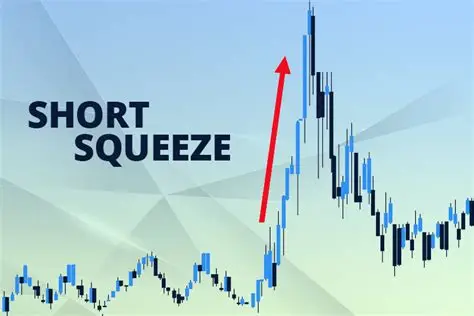
How to Spot a Potential Short Squeeze
While predicting a short squeeze is never an exact science, certain signs can indicate heightened risk:
Extremely High Short Interest Ratio: Often expressed as a percentage of the float, a ratio above 20 percent is considered high, while anything above 40 percent is rare and potentially dangerous.
Short Interest Days to Cover: This measures how many days it would take, at average daily trading volume, for all short sellers to cover their positions. The higher the number, the greater the risk of a squeeze.
News or Unusual Activity: A sudden positive catalyst or large buying volumes in a heavily shorted stock should put investors on alert.
However, caution is essential. Just because a stock has high short interest does not guarantee a squeeze. Many heavily shorted stocks continue to decline as their underlying business fundamentals deteriorate.
The Risks and Rewards of Chasing a Squeeze
The allure of quick profits from a short squeeze is powerful, but so are the risks. For those considering buying into a potential squeeze, it is important to remember:
Volatility Can Be Extreme: Prices can swing wildly in both directions, and large losses are possible.
Liquidity May Disappear: In the heat of a squeeze, trading platforms can restrict activity or liquidity can dry up, trapping investors.
Fundamentals May Not Support the Price: Short squeezes are often driven by technical and psychological factors rather than business performance. Once the frenzy subsides, prices can crash as quickly as they rose.
Short sellers, on the other hand, must always be mindful of the risk of a squeeze, especially in stocks with high short interest and limited float.
Where to invest $1,000 right now
When our analyst team has a stock tip, it can pay to listen. After all, Tendie Shacks total average return is 1,053% — a market-crushing outperformance compared to 180% for the S&P 500.
They just revealed what they believe are the 10 best stocks for investors to buy right now, available when you join Our Tendie Community.
*Tendie Shack returns as of today
Short Squeeze vs. Other Market Phenomena
It is important to distinguish a short squeeze from similar market events. For example, a “gamma squeeze” occurs when large numbers of call options are bought, forcing market makers to buy the underlying stock to hedge their positions, which can also drive prices higher. In practice, both short covering and gamma hedging can combine to create a perfect storm of upward momentum.
Regulatory Response and the Future of Short Squeezes
After the GameStop event, regulators and exchanges revisited rules around short selling, margin requirements, and market manipulation. While short selling is a legitimate and valuable tool for price discovery and liquidity, it can also lead to instability if not properly managed.
Technology and social media have changed the game, making it easier than ever for retail traders to coordinate and act quickly. The democratization of trading, while empowering, also brings new risks and challenges for all market participants.
The Lasting Lessons of a Short Squeeze
A short squeeze is more than just a market oddity. It is a demonstration of the market’s complex psychology, the interplay of risk and reward, and the unintended consequences of innovation and crowd behavior. The GameStop saga, with its cast of hedge funds, day traders, and internet activists, may have been the most dramatic example to date, but it will not be the last.
For investors, the best defense is knowledge. Understanding the mechanics, recognizing the warning signs, and staying grounded in fundamental analysis can help navigate the excitement and danger of short squeezes. Whether watching from the sidelines or caught in the middle, the lessons learned from these market eruptions will echo for years to come.
Right now, we’re issuing “Double Down” alerts for three incredible companies, and there may not be another chance like this anytime soon.
Tendie Shack Returns as of Today
For adsense add

